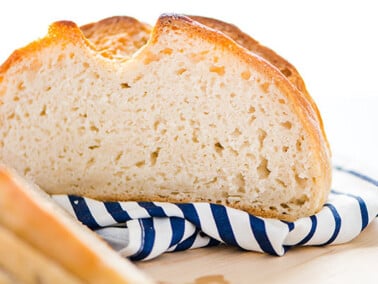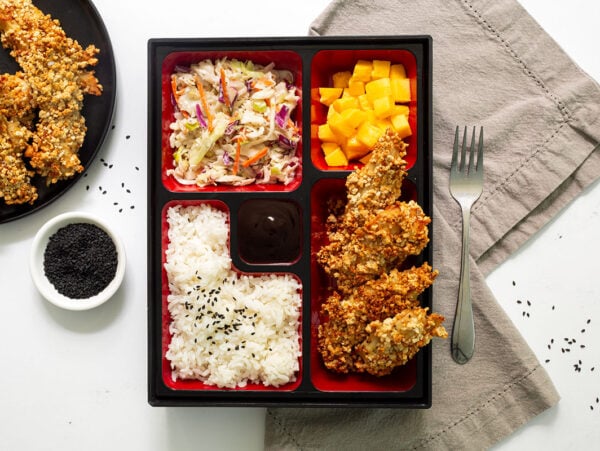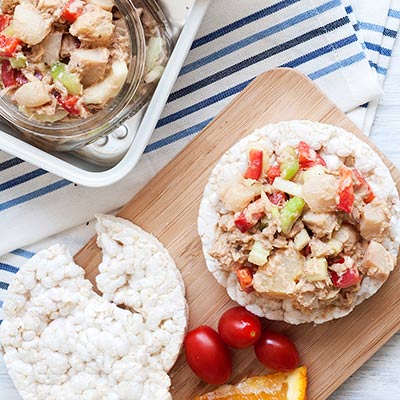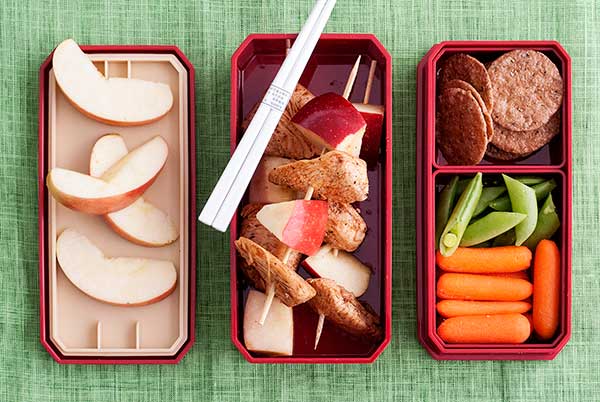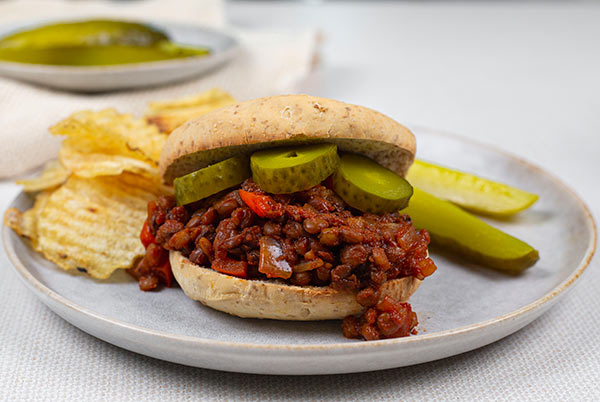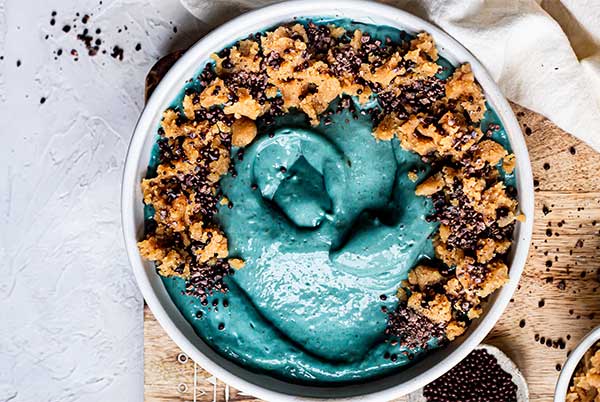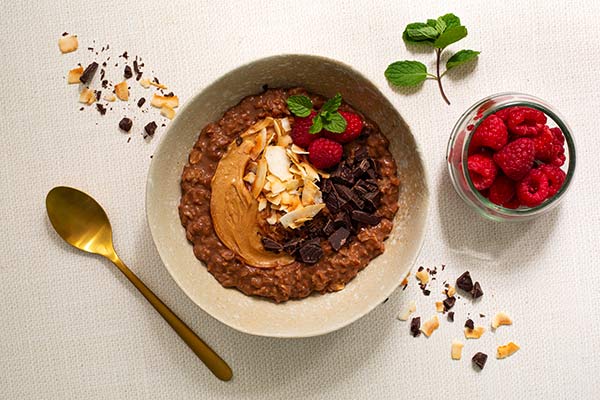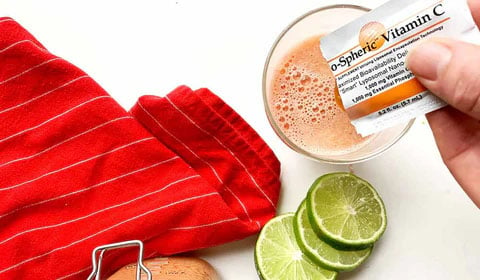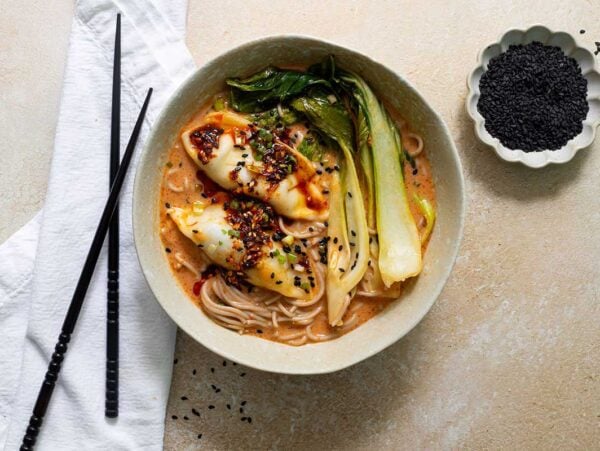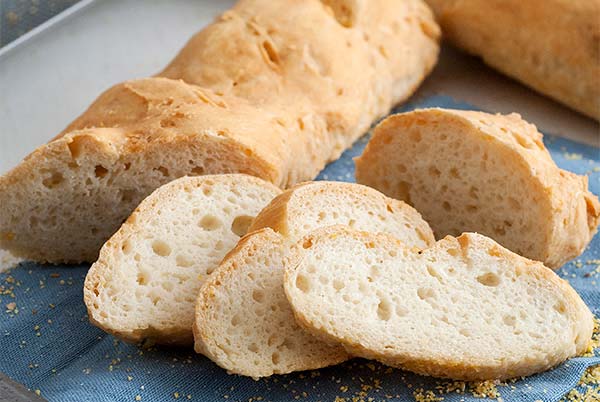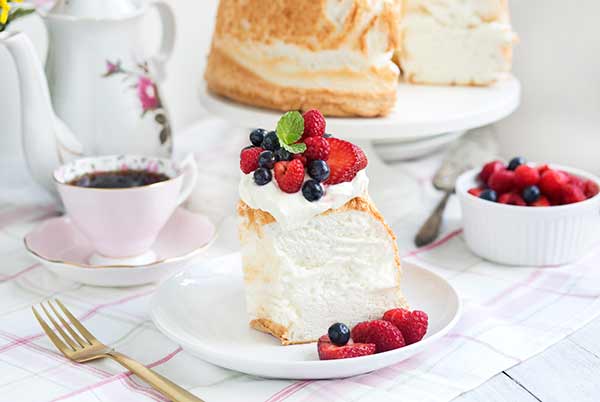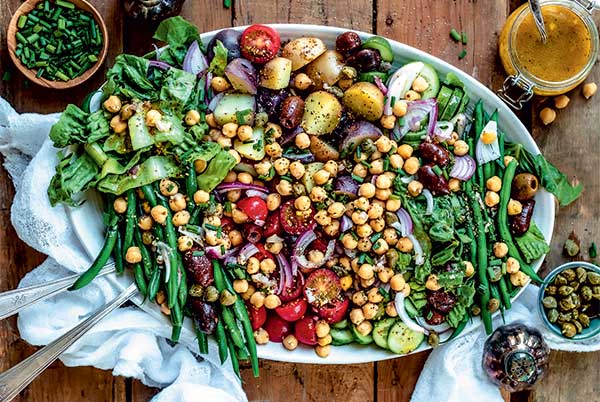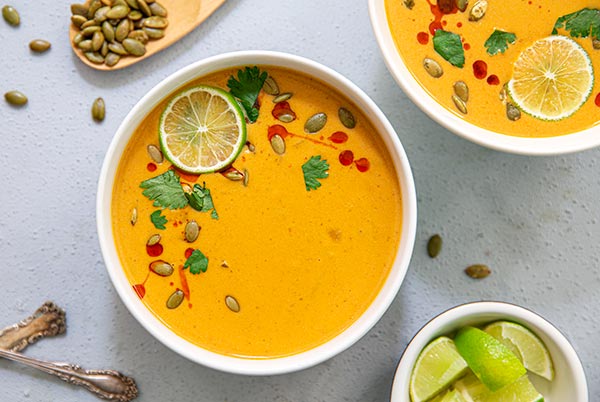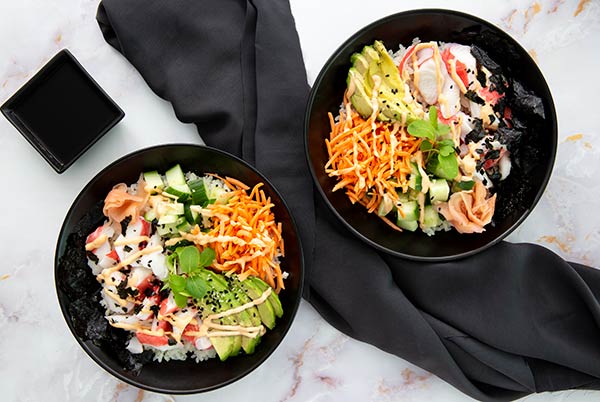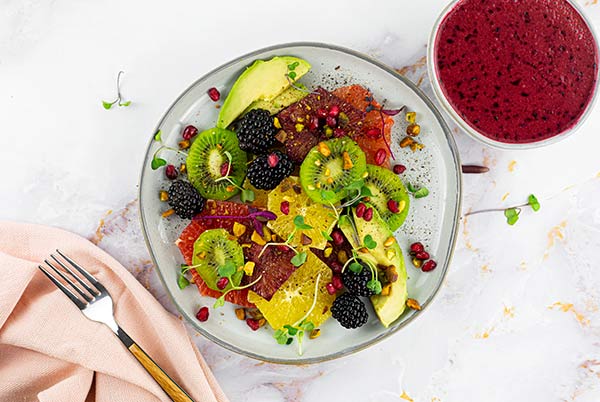Discover Delicious Gluten-Free Recipes
kid approved back to school Recipes
Recipe Faves for Back to School
GFGluten FreeDFDairy FreeNFNut FreeSFSoy Free
Back-to-School Air Fryer Katsu Chicken Tenders
GFGluten FreeGRGrain FreeNFNut FreeSFSoy Free
Gluten Free Polynesian Tuna Salad Recipe
GFGluten FreeDFDairy FreeGRGrain FreeEFEgg FreeNFNut Free
Gluten Free Chicken & Apple Skewers Recipe
GFGluten FreeDFDairy FreeEFEgg FreeNFNut FreeRSRefined Sugar Free
Gluten-Free Lentil Sloppy Joes
GFGluten FreeDFDairy FreeGRGrain FreeEFEgg FreeNFNut Free
Calcium-Fortified Carrot Orange Soup
start the day right
GFGluten FreeDFDairy FreeEFEgg FreeRSRefined Sugar FreeVGVegetarian
Boost Your Day with a Dragon Fruit Smoothie Bowl
GFGluten FreeDFDairy FreeGRGrain FreeEFEgg FreeSFSoy Free
“Cookie Monster” Smoothie Bowl
GFGluten FreeDFDairy FreeEFEgg FreeNFNut FreeRSRefined Sugar Free
GLUTEN-Free Overnight Oats
GFGluten FreeDFDairy FreeEFEgg FreeRSRefined Sugar FreeSFSoy Free
Gluten Free Chocolate Coconut Oatmeal
GFGluten FreeDFDairy FreeGRGrain FreeEFEgg FreeRSRefined Sugar Free
Berry Açai Smoothie Bowl
The Latest
GFGluten FreeGRGrain FreeEFEgg FreeNFNut FreeRSRefined Sugar Free
Hatch Chile Tater Tot Poppers – Perfect for Game Day Snacking
GFGluten FreeDFDairy FreeEFEgg FreeNFNut Free
Gluten-Free Ramen Dumpling Bake

Welcome
You’ve just landed in your gluten-free happy place! Gluten Free & More is America’s #1 allergen-free magazine, and we’re proud to be a vibrant collection of gluten-free voices, stories, and recipes that inspire and uplift.
Most Popular
GFGluten FreeNFNut FreeSFSoy FreeVGVegetarian
Gluten Free Easy, Easy, Easy! French Bread Recipe
GFGluten FreeDFDairy FreeEFEgg FreeRSRefined Sugar FreeVGVegetarian
Boost Your Day with a Dragon Fruit Smoothie Bowl
GFGluten FreeDFDairy FreeEFEgg FreeNFNut FreeRSRefined Sugar Free
Gluten-Free Black Rice Noodle Stir-Fry
GFGluten FreeNFNut FreeSFSoy Free
Gluten Free Angel Food Cake Recipe
GFGluten FreeGRGrain FreeVGVegetarian
Grain Free Vanilla Cupcakes
Find the perfect recipe
Search by ingredient, meal type, or keyword to find your next favorite dish.
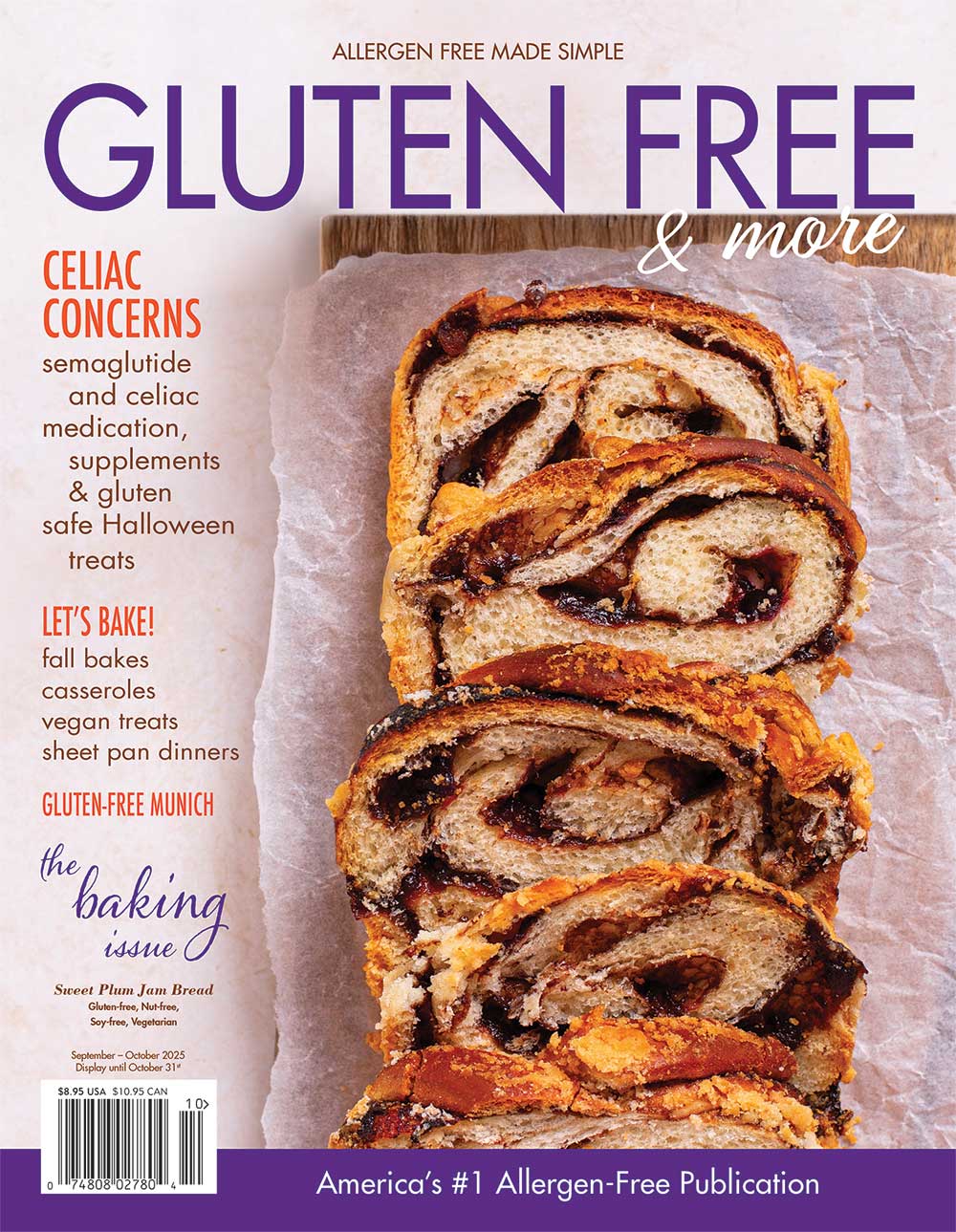
Never miss an issue!
Gluten Free & More Magazine is America’s number one gluten and allergen-free magazine. Subscribe now and save up to 62%
Figure Friendly Favorites
GFGluten FreeDFDairy FreeGRGrain FreeEFEgg FreeNFNut Free
Chickpea Salad Niçoise
GFGluten FreeDFDairy FreeGRGrain FreeEFEgg FreeSFSoy Free
Dairy-Free Thai Pumpkin Soup
GFGluten FreeDFDairy FreeEFEgg FreeNFNut FreeVGVegetarian
California Sushi Bowls
GFGluten FreeGRGrain FreeEFEgg FreeVGVegetarian
Citrus Avocado Salad with Blueberry Vinaigrette Recipe
GFGluten FreeEFEgg FreeNFNut Free
Cucumber Sushi
Even More To Explore

stay in touch!
Sign up for our monthly newsletter and join our gluten-free community.








